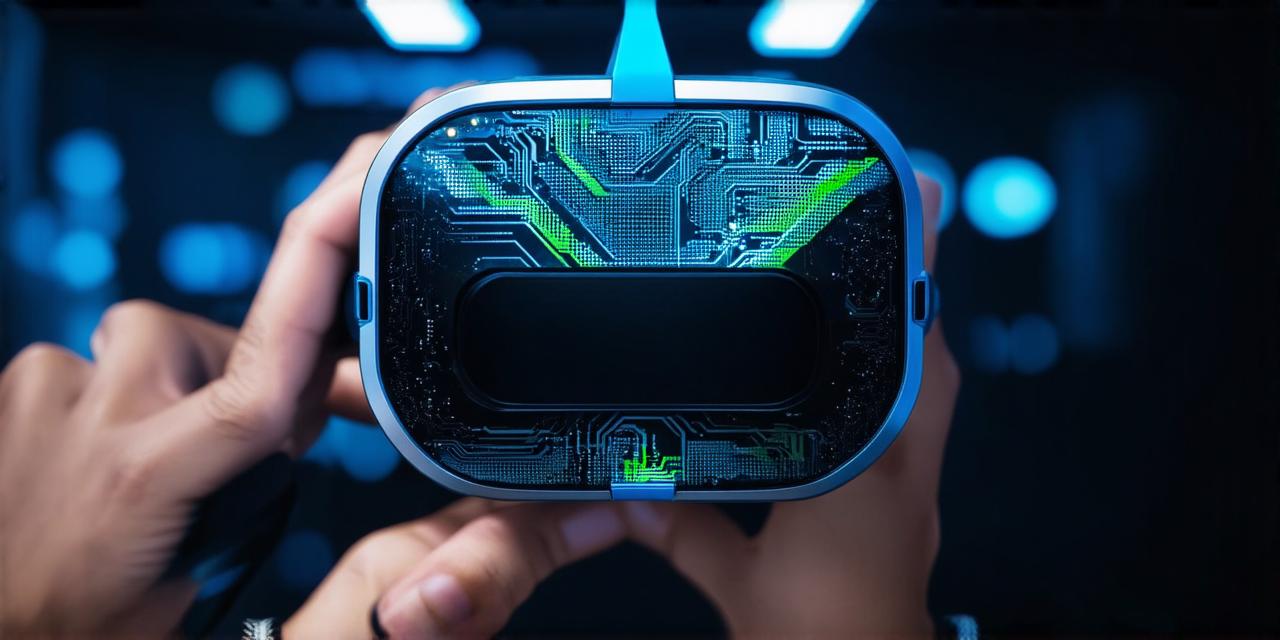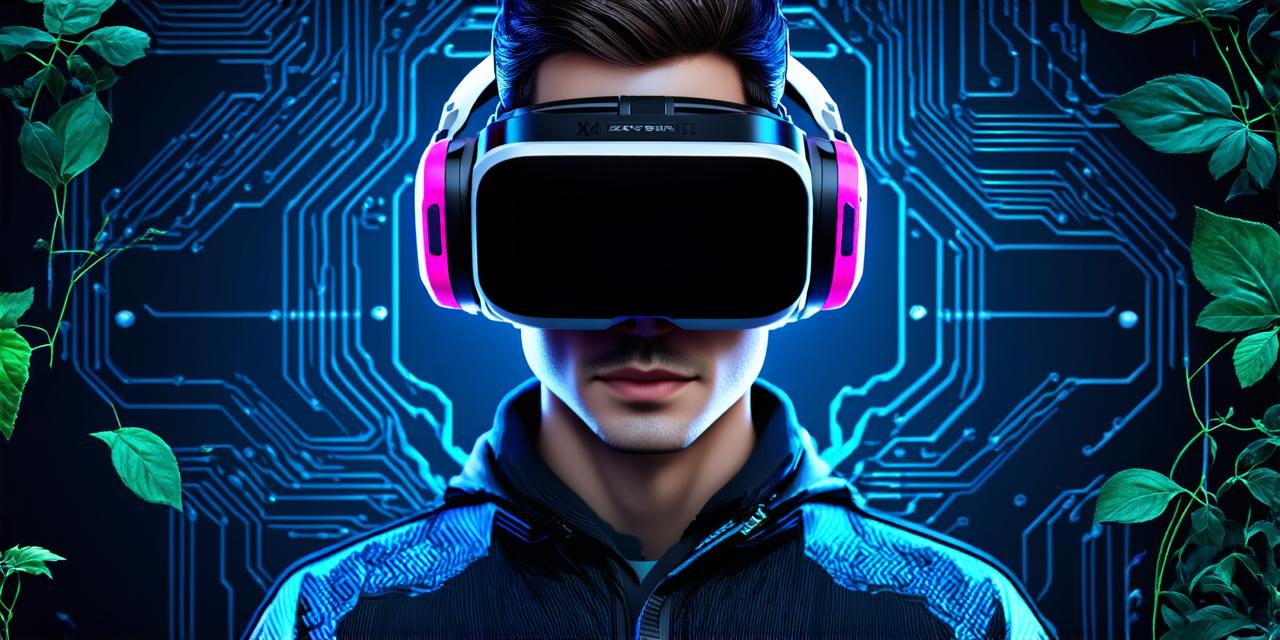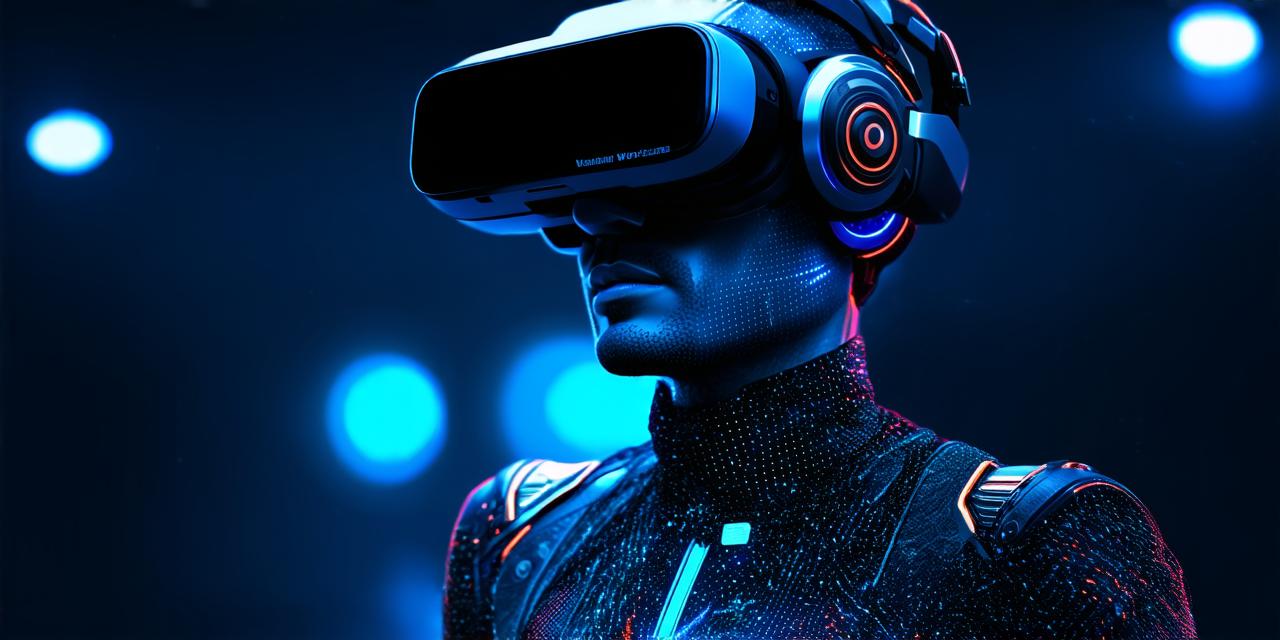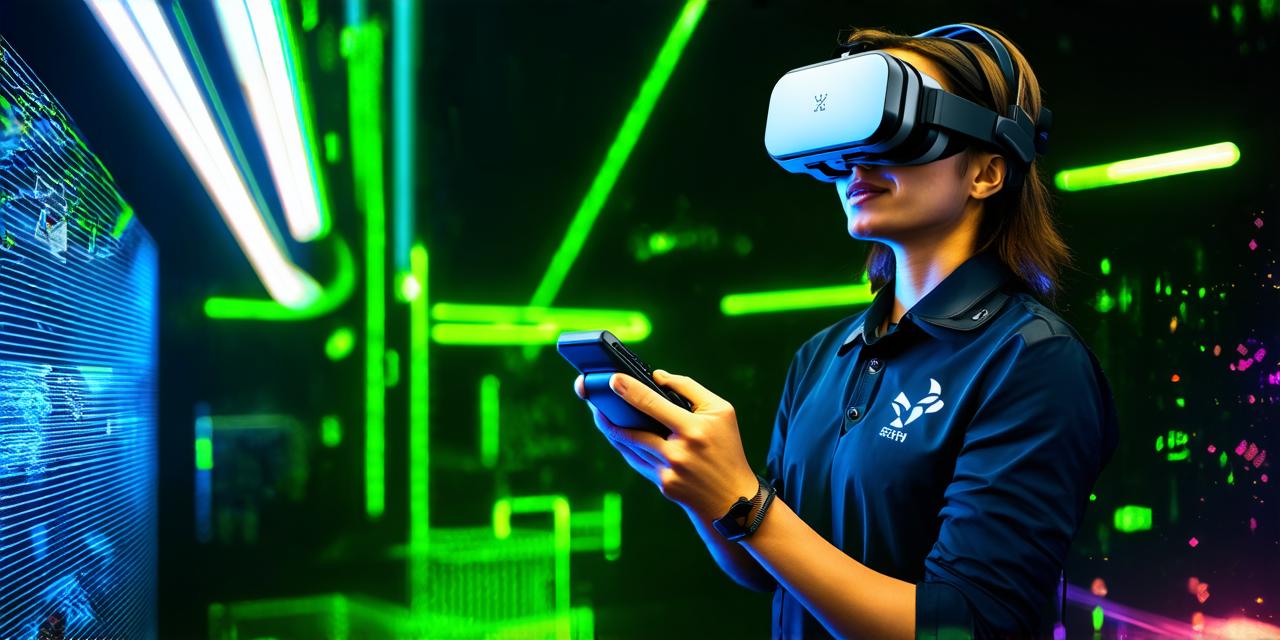Virtual reality (VR) headsets are the most crucial components of a VR system. They allow users to enter and interact with a virtual environment as if it were real, providing an immersive experience that is hard to replicate in any other way.
Understanding Virtual Reality Headsets
Virtual reality headsets are devices that capture and track a user’s head movements, adjusting the image displayed in real-time to match the movement of the head. The primary purpose of a VR headset is to provide an immersive experience by creating a feeling of being inside a virtual environment.
Wired VR Headsets
Wired VR headsets, such as the Oculus Rift and HTC Vive, use cables to connect to a computer or other device. These headsets have more precise tracking and can provide better image quality compared to wireless VR headsets.
Wireless VR Headsets
Wireless VR headsets, such as the Samsung Gear VR and Google Daydream, do not require any cables or external devices to function. They use sensors and cameras to track the user’s head movements and adjust the image accordingly.
How VR Headsets Work
Virtual reality headsets work by capturing a user’s head movements and adjusting the image displayed based on those movements. They use sensors and cameras to track the position of the head, including its orientation and movement.
The VR headset displays a stereoscopic image, which means it presents two slightly different images for each eye. When viewed together, these images create an illusion of depth, giving the user the feeling of being in a three-dimensional space. This stereoscopic effect is critical to the VR experience and contributes significantly to its immersive nature.
In addition to capturing head movements, VR headsets also have other features that enhance the user experience. These include eye tracking sensors, which adjust the image based on where the user is looking, and haptic feedback, which simulates physical sensations in the virtual environment.
Optimizing Your VR Headset for AR Developers
As an AR developer, it’s essential to understand how VR headsets work and optimize your content to provide the best possible experience for users. Here are some tips to help you do just that:
- Use Unity or Unreal Engine
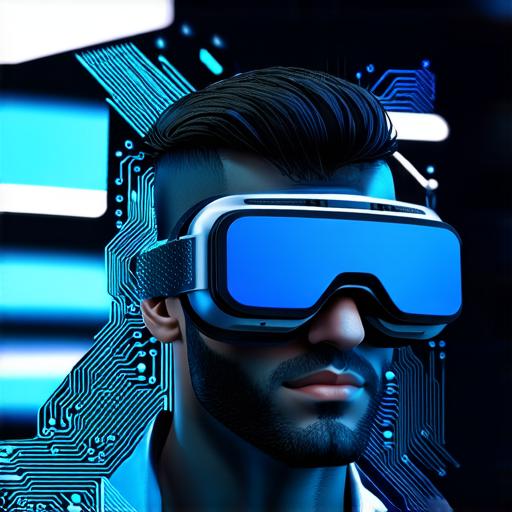
Both Unity and Unreal Engine are popular game engines that support VR development. They offer a range of tools and features that make it easy to create VR content, including support for stereoscopic rendering, eye tracking, and haptic feedback.
2. Use High-Quality Textures
Using high-quality textures is crucial when creating VR content. Low-resolution textures can result in a blurry and pixelated image, which detracts from the immersive experience. It’s essential to use textures that are optimized for VR, which typically have lower resolutions than traditional gaming textures.
3. Optimize Your Content for Performance
VR content can be resource-intensive, so it’s important to optimize your content for performance. This includes reducing the number of draw calls, minimizing texture filtering, and using compressed textures. By doing this, you can improve the overall performance of your VR application and provide a smoother experience for users.
4. Use Eye Tracking
Eye tracking is an essential feature in VR headsets that allows developers to adjust the image based on where the user is looking. By incorporating eye tracking into your content, you can create more immersive and interactive experiences for users.
5. Test Your Content on Multiple Devices
It’s important to test your VR content on multiple devices to ensure that it works seamlessly across different platforms. This includes testing on both wired and wireless VR headsets, as well as different operating systems and hardware configurations. By doing this, you can identify any issues or discrepancies and make necessary adjustments to provide the best possible experience for all users.
FAQs
1. What is a virtual reality headset?
- A virtual reality headset is a device that captures and tracks a user’s head movements, adjusting the image displayed in real-time to match the movement of the head.
2. How do VR headsets work?
- VR headsets work by capturing a user’s head movements and adjusting the image displayed based on those movements. They use sensors and cameras to track the position of the head, including its orientation and movement. This data is then used to calculate the user’s perspective within the virtual environment and adjust the image accordingly.
3. What are the two main types of VR headsets?
- The two main types of VR headsets are the wired and wireless models. Wired VR headsets use cables to connect to a computer or other device, while wireless VR headsets do not require any cables or external devices to function.
4. What is the purpose of a VR headset?
- The primary purpose of a VR headset is to provide an immersive experience by creating a feeling of being inside a virtual environment.
5. How can AR developers optimize their content for VR headsets?
- AR developers can optimize their content by using Unity or Unreal Engine, using high-quality textures, optimizing content for performance, incorporating eye tracking, and testing on multiple devices.
